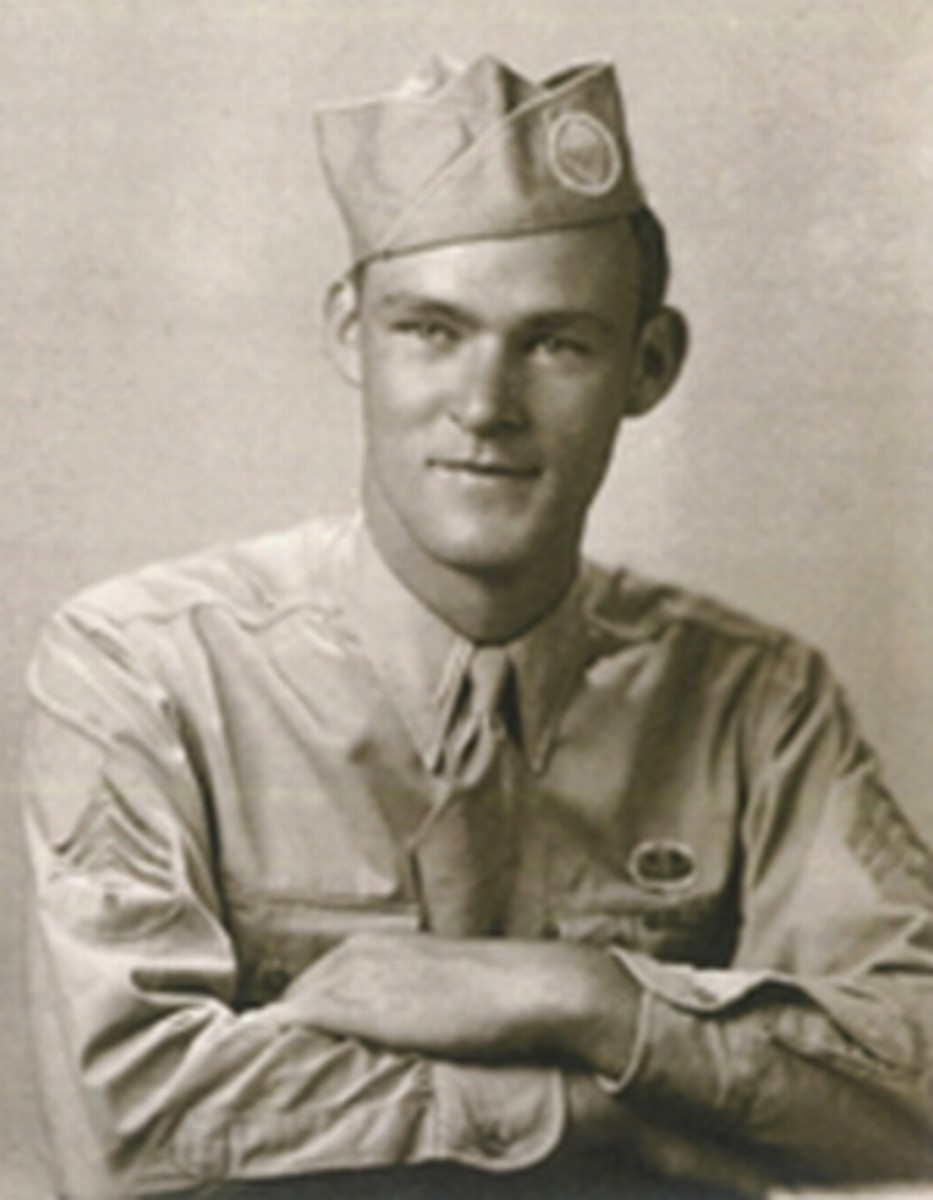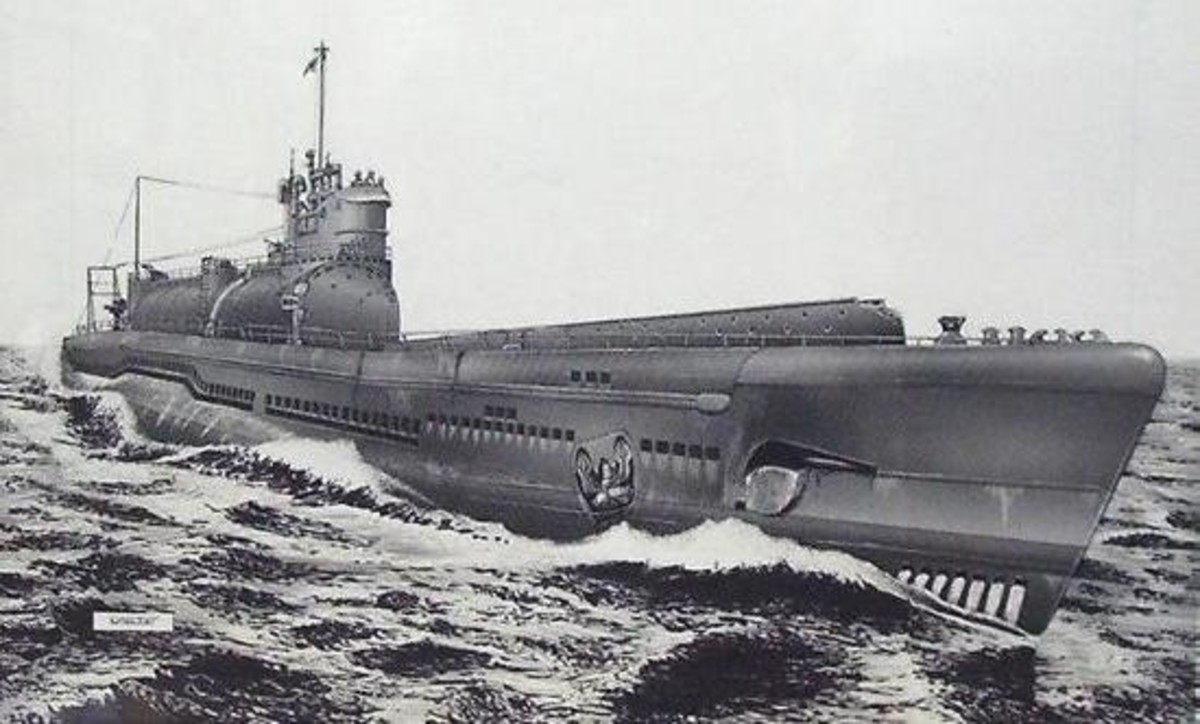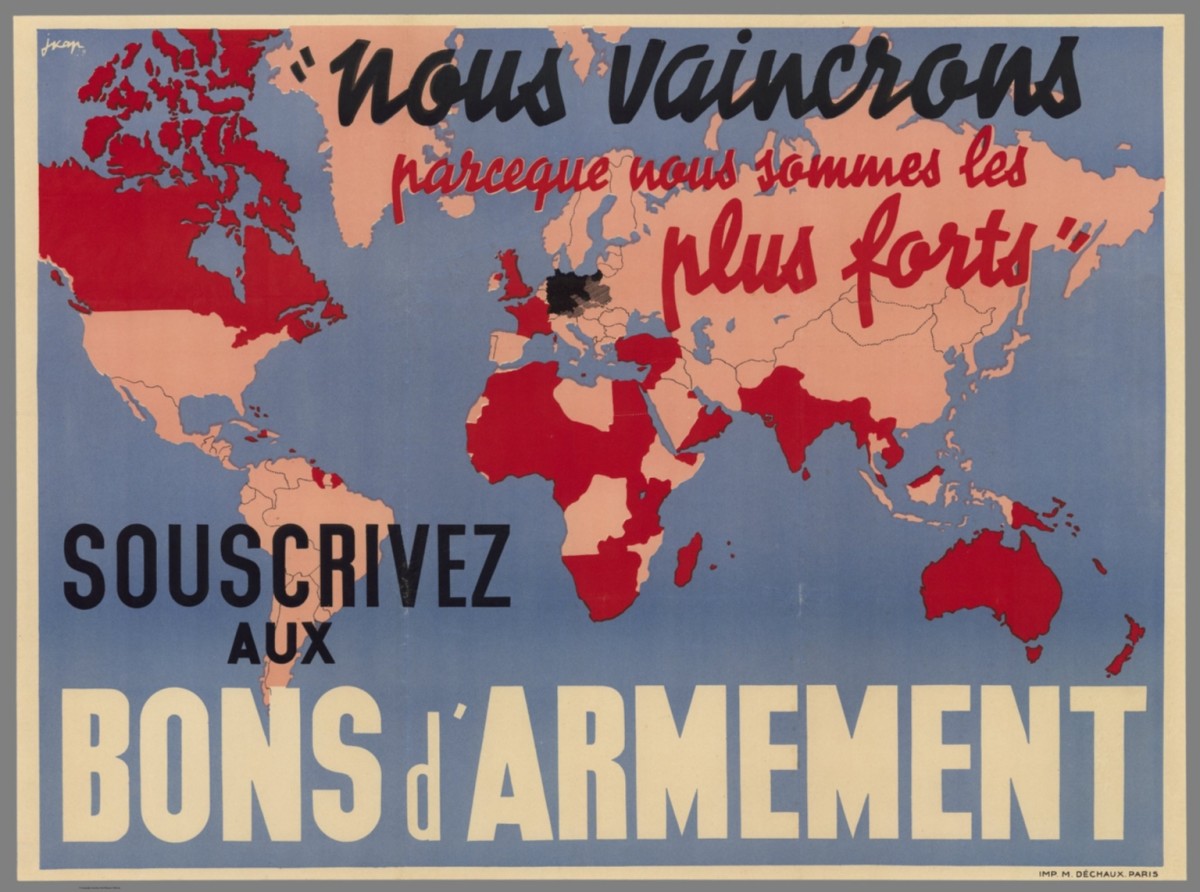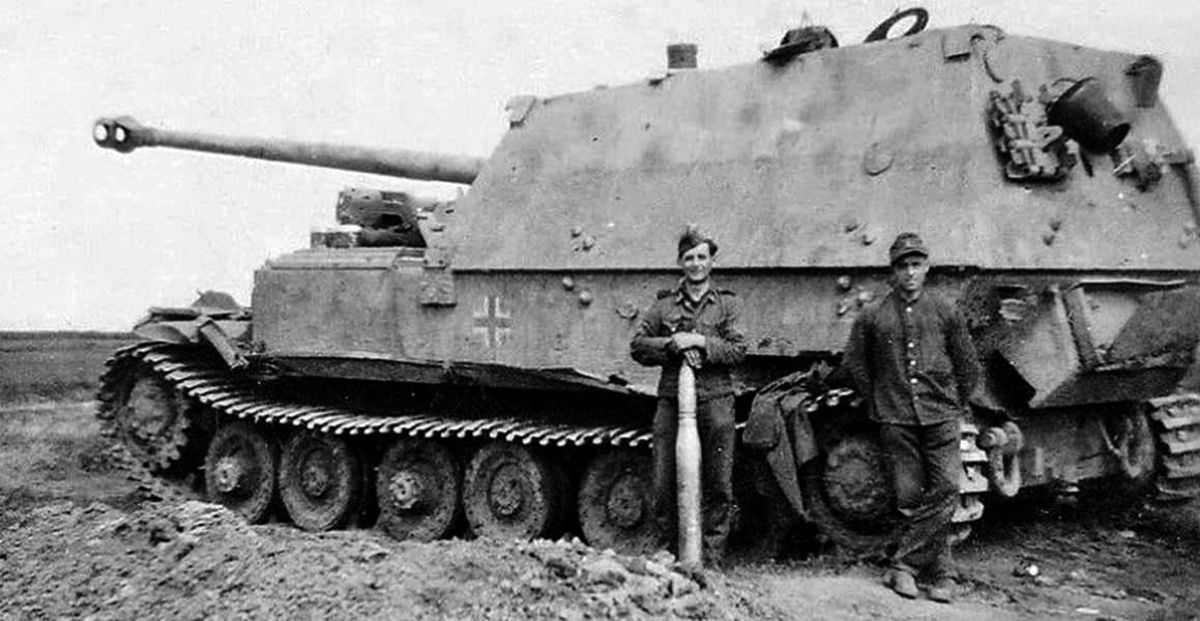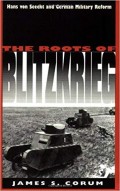Outdated by the Times and Flawed from the Beginning: Artillery of World War II Review
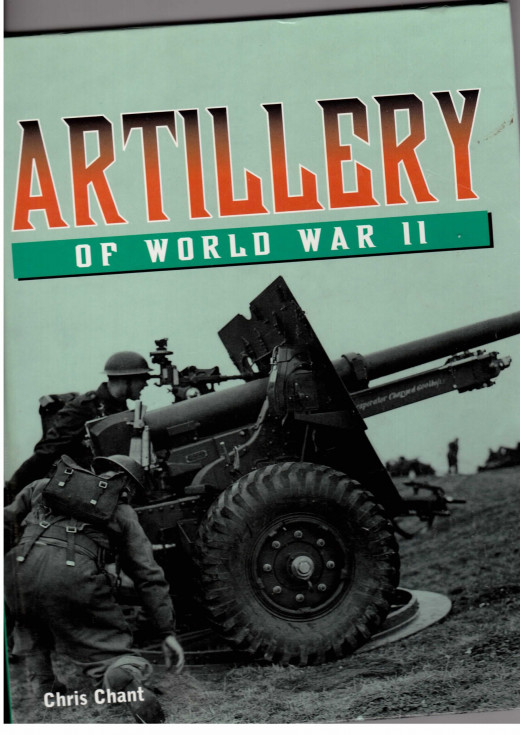
A couple of decades ago Chris Chant's Artillery of World War II might have been a decent, if somewhat mediocre, general reference book. Not an outstanding one and with some distinctly glaring flaws, but one which might have been a decent basic primer for the subject of artillery and anti-tank guns from the Second World War. Unfortunately for it, two decades of technological advance since its publication in 2001 have served to make it a completely worthless and useless book with vanishingly little to commend purchasing it.
The book's organization is the height of simplicity, for there really is next to no organization. Every page is a different artillery system, without a formal categorization, but going from the smallest to the heaviest as a rule, often starting out with anti-aircraft guns and anti-tank guns. There is a description on one side, a photograph, and some of the technical details. There are no formal chapters, with only the name of the nation to which the artillery piece belonged. France, Germany, the United Kingdom, Italy, the United States, and the Soviet Union are the nations discussed in the book, with no mention of smaller powers whatsoever.
There are a whole host of flaws which combine to make Artillery of World War II an extremely poor book. Firstly, and most importantly, is that the entire concept behind the book is obsolete. When it was written in the early 2000s, it probably made more sense - there would not have been things like modern Wikipedia, which lists essentially every artillery piece which it has, in equally or often more detail. There is no need for a general purpose reference book like Chant's when the information is available freely online, in better form and at greater length. Chant's book could only make sense if it provides something different, like far greater detail, additional photos, or comparative analysis between weapon systems - and yet it never does this.
Of course, every book deserves to be judged in the context in which it was written too, and even in 2001 Chant's book would have been distinctly sub-par. His selection of artillery pieces is broadly arbitrary, both in category and specific examples. Anti-aircraft artillery, anti-tank guns, field artillery, and self-propelled and assault guns are the focus of the book - but this conspicuously leaves absent mortars, heavier guns, and rocket artillery systems. The caliber cut off is arbitrary - there is no mention of German 210mm howitzers but Italian 210mm howitzers receive an entry.
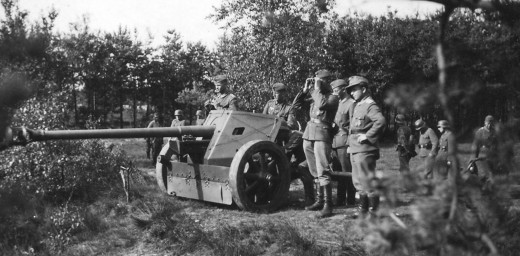
This continues on with the choices of individual systems. For the French for example, it only lists the French 47mm anti-tank gun - and only refers to the 25mm gun in passing, despite this being the main anti-tank weapon of the French army. For the Germans, it does not have an entry for the Pak 40, despite it being the main German 75mm anti-tank gun - choosing to talk about the Pak 41 instead. There is also no mention of the 15cm SFH 18, the main German 15cm howitzer - this despite mentioning equivalent howitzers in other armies. The British get no direct mention of the QF 17 pounder, which is only mentioned in the QF 6 pounder section. No Italian anti-tank guns are mentioned, despite some very interesting and widely used 47mm pieces, and nor does their 90mm anti-aircraft gun receive mention. The Soviet chapter mentions the ISU-122, but not the SU-152 nor the ISU-152, and there is no full entry for the SU-122. Soviet 122mm howitzers are not mentioned, and nor are Soviet 57mm anti-tank guns. Soviet auto cannon anti-aircraft weapons receive no mention. Experimental projects are almost never mentioned for any nation, with almost no talk about the lesser used weapons.
Other problems show themselves too. There is only intermittent mention of how many artillery systems were built, and again only intermittent mention of how they were deployed. Organization, doctrine, artillery supply: all of these are missing.There is a lack of discussion of faults for some systems, such as the lack of an HE round for the QF 2 pounder, presumably due to the very short length of each description. The details which are given lack a listing of the ammunition available for weapons, which is only talked about intermittently. Similarly the Japanese Type 88 75mm anti-aircraft gun is talked about in seemingly positive surface terms, without mention of its incapability to provide sufficient altitude to engage American B-29 bomber raids, a grievous problem for Japanese air defense.
Errors creep in as well, such as the Japanese 37mm Type 94 anti-tank gun receiving the wrong photo - a Type 92 Battalion Gun instead of the 37mm piece. The 75mm Pack Gun Type 94. The Soviet ISU-122 is labeled as the SU-122 and has a photo clearly showign the ISU-122. Odd claims are made sometime, such as the 57mm Anti-Tank Gun M1 (an American version of the British QF 6 pounder) having its most important role in the form of 962 guns shitted to the Soviets for self-propelled mountings - strange compared to the hugely greater number of 57mm guns employed in the West, and compared to the vast numbers of Soviet Zis-2 57mm anti-tank guns built. It similarly critiques the German 105mm anti-aircraft gun without explaining why the 88mm anti-aircraft gun was better. Some writings are inaccurate, such as referring to the US's "worsening economic condition" in 1924 - when the US economy was booming - which is probably done to not have to explain more complicated subjects such as the limited army budget in the US.
The result of all of these flaws is a thoroughly uninspiring, flawed, incomplete, inaccurate, and obsolete book, one which is best avoided and which shows the worst tendencies of WW2 history books and the sensationalist chasing of a credulous audience in the hopes that they will be attracted to fancy title.
© 2020 Ryan C Thomas


